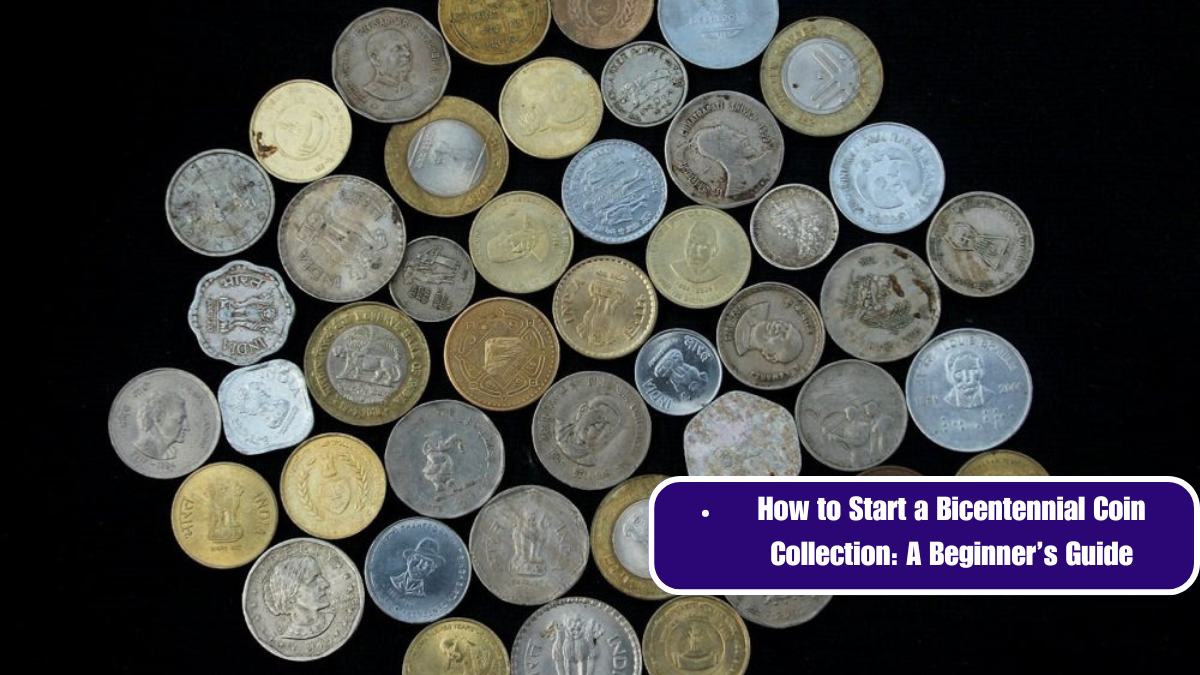Commemorative coinage serves as a tangible reminder of significant historical events, cultural milestones, and influential figures. From the grand celebrations of national anniversaries to the honoring of contemporary achievements, these coins offer a unique window into both the past and the present. This article explores the evolution of commemorative coinage, focusing on the Bicentennial coins of the 1970s compared to modern-day special issues.
The Bicentennial Coinage: Celebrating 200 Years
In 1976, the United States marked its Bicentennial—a landmark 200-year anniversary of the Declaration of Independence. To commemorate this historic occasion, the U.S. Mint issued a series of special Bicentennial coins, including quarters, half dollars, and dollar coins. These coins were notable for several reasons:
- Design Changes: The Bicentennial series featured redesigned reverses. The quarter depicted a colonial drummer, the half dollar showcased the Independence Hall, and the dollar coin displayed the Liberty Bell superimposed on the moon. These designs, created by artists Jack L. Ahr and Dennis R. Williams, were intended to reflect the historical and cultural significance of the era.
- Limited Minting: These coins were minted in large quantities but were only produced for the year 1975 and 1976, making them a limited-time offering. The decision to produce the coins with different designs for these two years helped manage the Mint’s production capacity and create a sense of exclusivity.
- Popularity and Legacy: The Bicentennial coins were immensely popular among collectors and the general public. They were widely circulated, and many Americans kept them as souvenirs of the milestone event. Their appeal endures today, and they remain a significant part of American numismatic history.
Modern Day Special Issues: A New Era of Commemorative Coinage
As we moved into the 21st century, commemorative coinage continued to evolve, reflecting new themes and innovative designs. Modern-day special issue coins offer a broader range of commemorative subjects and include advanced technology and design elements:
- Themes and Diversity: Recent commemorative coins cover a wide array of subjects, from honoring civil rights leaders like Martin Luther King Jr. to celebrating scientific achievements such as the Apollo 11 moon landing. The themes are diverse and often chosen to reflect contemporary societal values and milestones.
- Advanced Technology: Modern commemorative coins often incorporate advanced minting techniques, such as enhanced holographic designs, colorization, and innovative alloys. These technologies not only enhance the aesthetic appeal but also increase the durability and security of the coins.
- Limited Editions and Proofs: Many modern commemorative coins are issued in limited quantities, often in proof or uncirculated finishes. These editions are aimed at collectors who value both the historical significance and the quality of the coin. Unlike the Bicentennial coins, which were produced for general circulation, modern special issues are often sold directly to collectors and investors.
- International Commemorations: The trend in commemorative coinage is not limited to the U.S. Many countries issue their own special coins to mark significant events, anniversaries, and cultural milestones. International coins often feature unique designs and themes, reflecting a global perspective on commemorative numismatics.
Comparing Bicentennial and Modern Special Issues
When comparing Bicentennial coinage to modern-day special issues, several key differences and similarities emerge:
- Design and Production: Bicentennial coins featured traditional designs with historical themes and were produced in high volumes for general circulation. Modern coins often push the boundaries of design with contemporary themes and advanced technologies, targeted primarily at collectors.
- Purpose and Audience: The Bicentennial coins were designed to celebrate a national milestone accessible to all Americans. In contrast, many modern commemorative coins are aimed at niche markets, including collectors and investors interested in limited editions and special features.
- Legacy and Impact: While the Bicentennial coins are iconic and widely remembered, modern special issue coins offer ongoing opportunities to reflect and commemorate current events and achievements. Both serve as valuable artifacts, representing the evolving nature of commemorative numismatics.
Conclusion
Commemorative coinage provides a fascinating glimpse into how societies choose to honor and remember significant events and figures. The Bicentennial coins of 1976, with their historical designs and wide circulation, contrast with the sophisticated and varied offerings of modern-day special issues. Each era’s coins offer a snapshot of their time, reflecting the values, technologies, and artistic trends of their respective periods. As we look to the future, it will be exciting to see how commemorative coinage continues to evolve and capture the essence of our changing world.













